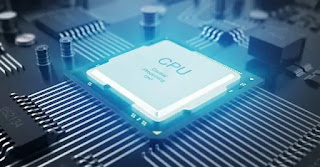DESCRIPTION OF THE PROBLEM:
Always use the same password for all my accounts and applications. I do not like to use complicated passwords because it is difficult to remember and too long.
PROBLEMS THAT HAVING THE SAME PASSWORDS ON ALL SITES CAN CAUSE YOU:
Reusing the same password for multiple accounts makes you vulnerable to cyber attacks such as credential stuffing. This is when a cybercriminal uses verified login information – commonly found on the dark web after a data leak – then tries those credentials on a variety of other websites in an attempt to gain access. If someone reuses the same password for multiple accounts, a compromised credential from just one of them can result in severe impacts if your identity, banking or other Personally Identifiable Information (PII) is compromised.
LINKS:
Click here (information about whether it is safe to have the same passwords on all sites)
Click here (questions and answers from other people on this topic)
TIPS TO AVOID THE PROBLEMS:
To avoid problems you can:
1.- Make the beginning of the password the same in all of them and then the end different in each one
2.- Have a little notebook that you can always have in a place that you know and write down all the passwords and what each one is for.
3.- Put passwords that are easy to remember but different.
4.- Put things that are always within your reach: birthdays...
5.- Use private applications to save passwords on your phone
Maybe now you think that it is not necessary but the day it becomes a serious problem because they see your own data you will realize it and from that day on you will change your cobpasswords without thinking twice.
Here you have a video with some explanations.
VOTE FOR THE BEST TIP 👇









